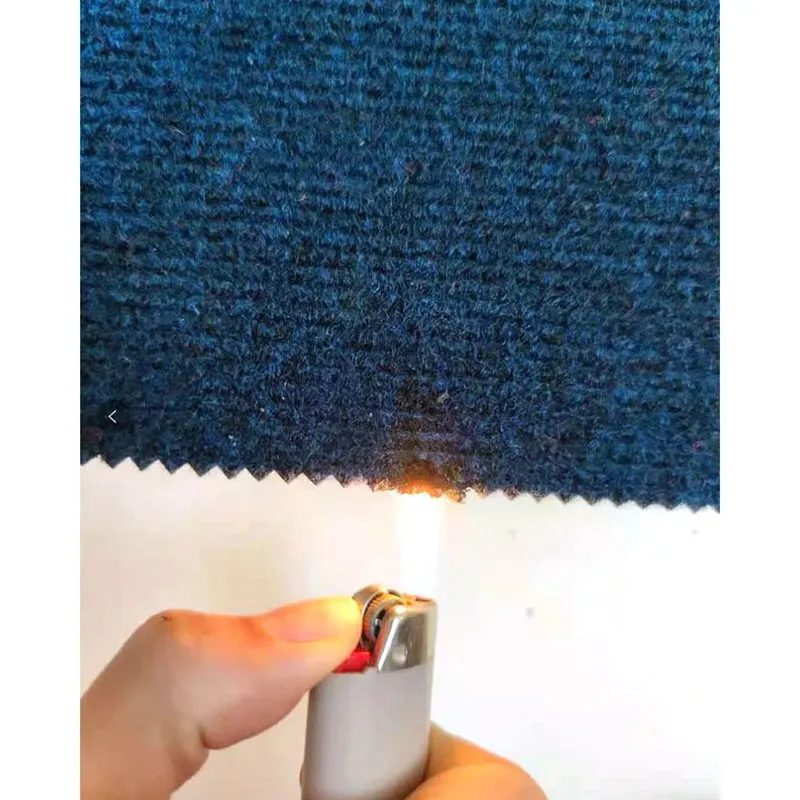One way to prevent fires from starting and spreading is by using flame retardant fabrics.
2023-11-07
Fire is one of the most devastating hazards that can strike any facility, causing property damage, injury, and even fatalities. This is why it is essential to implement measures that can help prevent fires from starting and spreading. One way to do this is by using flame retardant fabrics.
Flame retardant fabrics refer to textiles that have undergone treatment to resist or delay ignition, prevent flames from spreading, and reduce the rate at which a fire progresses. These fabrics are made using various materials such as cotton, wool, polyester, and nylon, and are used in a range of applications, including home furnishings, clothing, and industrial settings.
While flame retardant fabrics have been around for several decades, recent advancements in technology have led to the development of better and more sustainable fabric treatments. Many of these treatments do not contain toxic chemicals like brominated flame retardants or organophosphates, which pose health and environmental risks.
One recent development in this field is the use of nanotechnology to create flame retardant fabrics that are both effective and environmentally friendly. Nanotechnology involves the manipulation of materials at the nanoscale level, resulting in properties that are not present in the bulk materials. By using nanotechnology, it is possible to create fabrics that have high fire resistance while being lightweight and comfortable to wear or use.
Another benefit of using flame retardant fabrics is their ability to reduce the spread of fire. When a fire occurs, the fabrics release gases that can inhibit the formation of flames and smother the fire. This slows the rate of fire progression and gives people more time to evacuate a building or extinguish the fire. Additionally, many flame retardant fabrics are self-extinguishing, meaning they stop burning once the fire source is removed.
Flame retardant fabrics are especially important in industries that involve high heat or fire hazards. This includes the transportation, chemical, and oil and gas industries. In these industries, workers are often exposed to flames, heat, and sparks, and the use of flame retardant fabrics is crucial to their safety.
In conclusion, flame retardant fabrics are an essential tool in preventing and mitigating the damage caused by fires. Thanks to advancements in technology and sustainable materials, these fabrics can now provide excellent protection while also being eco-friendly and comfortable to use. As the risk of fires continues to persist, the use of flame retardant fabrics remains a necessary investment in ensuring safety and security.

























































